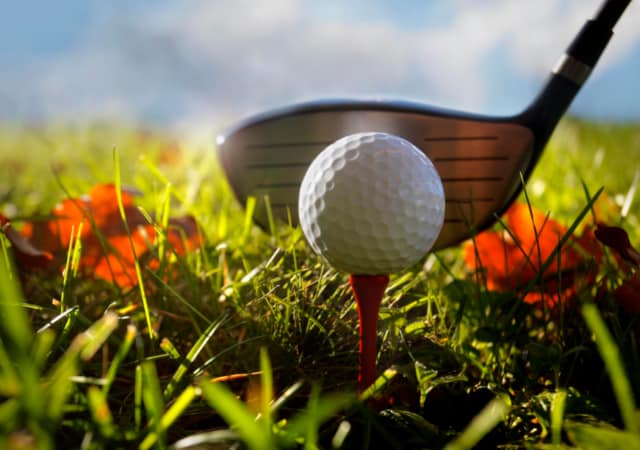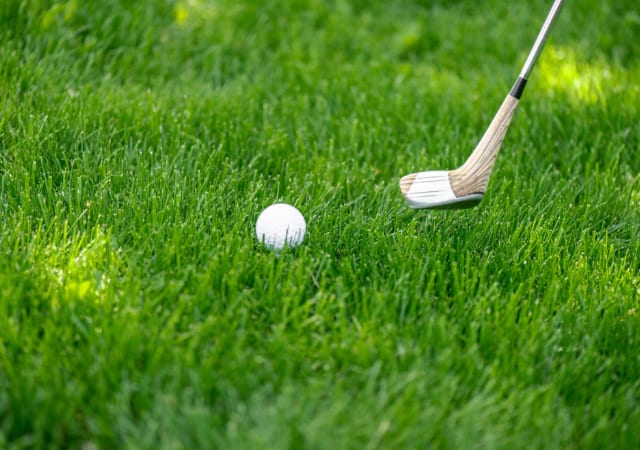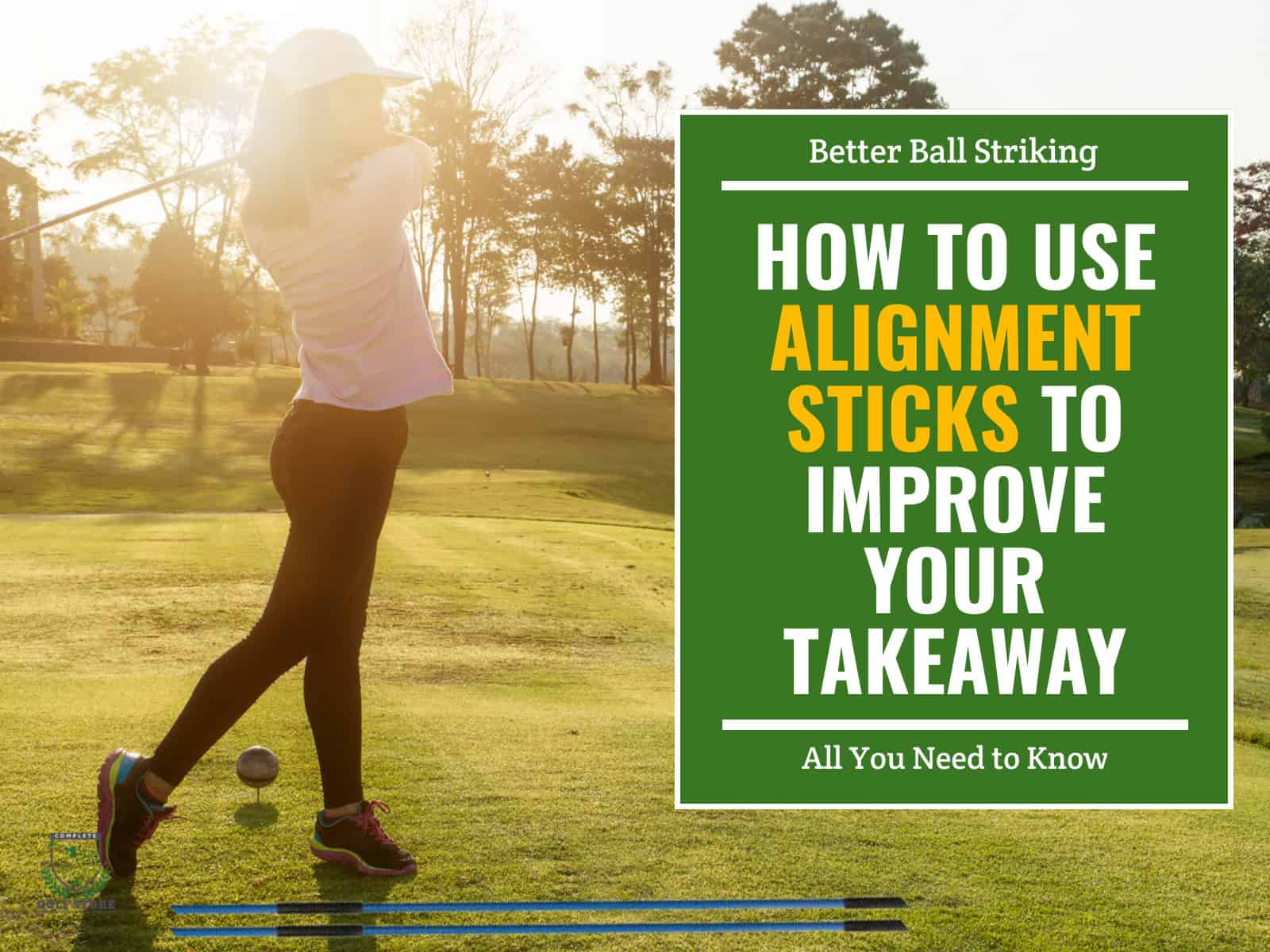Golf, as someone said, is a game that keeps getting difficult for better and more experienced players. One such exceptional instance is when a double-cross occurs. It is one of the hindrances occurring even in a pro player’s game.
It is not an exaggeration to call Golf a separate field of science. We can definitely grant a large part of the dictionary to this game only. The terms are in the hundreds, if not in the thousands.
From tee to green and birdie to an albatross, a putt or the face cup, from bogey to eagle, and so on and so forth. I am considering coming up with all the terminologies in another article.
For now, let’s keep this article about some understanding of the double-cross in Golf and how to fix it.
What is a Double Cross in Golf?
In golf, a “double cross” typically refers to a bad shot that is hit in the opposite direction of the intended target. It occurs when a golfer attempts to hit a shot to the right of the target (for a right-handed golfer), but the ball curves further than intended and ends up missing the target to the left.

A double cross can happen for a variety of reasons, such as a swing path that is too much to the left, a face angle that is closed, or a grip that is too strong. It can be a frustrating mistake for golfers, as they often end up in a difficult position on the course and may have to work harder to get back on track.
Even if you are a professional golfer, someday, you would experience a repelling attitude from your golf ball flight, which just does not choose the target and lands in an opposite direction.
Example of a Double Cross
Theory always haunts me; it’s the practical or a real-life example that makes me understand a concept. Let me take you a step further to understand this term better.
Suppose you want to hit a fade. You take the easy way and just hit a shot by aiming your body to the left and keeping the club face slightly open at impact.
That’s the story of a perfect fade, but there comes the haunting part. You start taking the pressure of playing the fade smoothly and get nervous while reaching the golf ball.
The creepy thought of ‘what if I hit a slice’ starts doing rounds around you and you hit a hook by flipping your wrists at the last moment and drop the idea of trusting the fade ball flight. This hook takes the golf ball out of bounds, creating double problems.
The result of flipping your wrists comes as the closed club face which ultimately makes the ball fly directly to the left. So, that one miss makes your game two times worse.
The bad part of the story ends here. Now comes the complementary part. The players who know how to hit a fade or a draw are above-average golfers. They even know about wrist flipping and golf club angles.
If seen from a glass-half-full perspective, a double-cross occurs to decent, mid to low-handicap players of golf only.
What Causes the Double Cross in Golf?
Other than luck, we have brought to you a number of reasons for a double-cross in golf. These will be useful for you to correct your mistakes and play a wonderful shot.
Decent Swing
Being a world’s long-drive champion is not everyone’s cup of tea. It takes hours of practice and drills to be like Kyle Berkshire [1].
When average golf players attempt to hit such a shot that just smokes their golf ball, they usually get a double-cross on their shot.
So, players need to swing easily during a shot and not chase the speed to dodge that double-cross.
Misplaced Swing Path
Swing Path is another reason which takes your ball to the other side of the course- the side which was not intended for the shot.
An outside-in swing (a path that comes from the right of the target for a right-handed golfer) encourages a fade or a slice because the clubface tends to be closed at impact position.
On the other hand, an inside-out swing path (one that comes from the left of the target for a right-handed golfer) brings a draw or you may end up with a snap hook, mainly because the clubface is open at impact.
Therefore, it’s important for golfers to have a consistent swing path to avoid a double cross. A good way to practice a proper swing path is to work with a qualified golf swing instructor or use video analysis tools to identify any swing path issues and make adjustments accordingly.
Additionally, developing a consistent pre-shot routine and using visualization techniques can also help golfers avoid a double cross by ensuring they are aligned correctly to the target and have a clear swing path in mind.
Extra Body Weight
Golfers who tend to slice their golf shots are more prone to losing their body balance at impact and usually fall back. This happens because the body and the club face remain open in the attempt to shift their body weight forward.
On the other hand, the habitual draw players experience a closed body and club face which consequently make the ball hook. This is the case with the wrong timing of shifting the body weight on their downswing.
The Club Face Position

With all of the above reasons, another cause of a Double Cross in Golf is the Club Face Position at impact. It either gets closed or remains open, causing the disaster.
As you may have noticed, this is closely related to other factors such as swing path and body weight.
The Ball Position

The game of Golf is so technical that even the slightest wrong position of the golf ball will have an impact in bringing up a double-cross.
Golf expert Mark Blackburn suggests positioning the golf ball to the front center in your stance to play the intended fade. However, if you wish to make a draw shot, keep the ball slightly back in your stance. Just remember not to over do it to the point of affecting your stance and weight distribution.
To avoid a double cross due to ball position, golfers should ensure they are positioning the ball in the correct place in their stance for each club. Generally, the ball position should be slightly forward of center for irons and slightly back of center for woods. This allows the golfer to make a consistent swing path and strike the ball with the correct clubface angle.
Your Brain

Last but not least, our brain is no doubt the boss. Your thoughts while playing a golf game decide the fate of your score. Questions like: Where does the ball land? Will the club face remain open or closed? The curve, the Swing, and all other factors work under the orders of your brain.
If you plan a shot, you will definitely play it successfully but if your thoughts get distracted and you change any of the above factors necessary for a perfect shot, you might end up with a double-cross.
How to Fix a Double Cross
For every problem, there’s a solution. For trouble like a double-cross, expert golfers have come up with a number of ways to correct it. Here is a list of ways you can learn to get rid of the double-cross.
Correct Your Feet Position

Do the drill of balancing your body weight at impact. So, if you want to strike a fade, put the weight on your back foot and lift your front foot at the time of hitting the ball. This position will keep your body open at impact and a successful fade will be the result.
Additional tips include the following:
- Aim your feet properly: Aiming your feet towards the target line can help you align your body correctly and swing on the correct swing path. Your feet should be parallel to the target line, with your toes, knees, hips, and shoulders all aligned.
- Distribute your weight evenly: Your weight should be distributed evenly between your feet, with slightly more weight on your lead foot (left foot for right-handed golfers) for most shots.
Work on the Body Rotation

Don’t hesitate to move your lower body to the maximum. If you stop your hips from rotating fully, you will end up with a hook due to a closed clubface. Practicing this full-body rotation will help eradicate the problem of double-crossing from your game.
A wider stance can help promote a more stable base and a consistent swing path. However, if your stance is too wide, it can limit your hip rotation and cause your swing path to become too steep, leading to a double cross.
Make Corrections in the Position of Your Clubface
Once you fix your weight and rotation in your game, the next thing is to correct the angle of your clubface at impact. This will decide the direction of the golf ball.
It is advisable to keep the face as square as possible; this can be achieved by trying to have a neutral grip, avoiding excessive wrist action during the swing, focusing on proper swing path and improved ball positioning, and Visualizing a square clubface position at impact to train your mind and body to achieve that position consistently.
Some More Reasons to Avoid a Double Cross
In addition to everything stated above, other reasons (related to the player’s mental game and conditions) to do your best to avoid or fix a double-cross include the following:
- Poor shot accuracy: A double cross often results in a shot that misses the target by a significant distance. This can lead to poor shot accuracy, making it difficult to score well and achieve your desired results on the golf course.
- Difficulty in course management: A double cross can make it difficult to plan and execute your shots effectively, especially if you are consistently hitting the ball in the wrong direction. This can cause you to adjust your game plan on the fly, leading to suboptimal shot selection and strategy.
- Loss of confidence: Consistently hitting double crosses can be frustrating and can lead to a loss of confidence in your abilities. This can affect your mental game, making it harder to perform at your best.
- Higher scores: A double cross often results in a shot that misses the target and potentially lands in a hazard or out-of-bounds area. This can result in penalty strokes and higher scores, making it harder to achieve your desired score for the round.
Conclusion
Although a double-cross is a misfortune and a mishap, it can definitely be avoided and even eradicated in the players who are struggling with their fades and push draws.
One should keep their trust intact in their abilities to hit the intended shot and also never impose a shot that they can not play at that moment. The game gets better with practice and drills.
References:
- Here’s how far World Long Drive champ Kyle Berkshire hits every club in his bag. Golf. Retrieved from https://golf.com/gear/irons/kyle-berkshire-world-long-drive-club-distances/?amp=1





